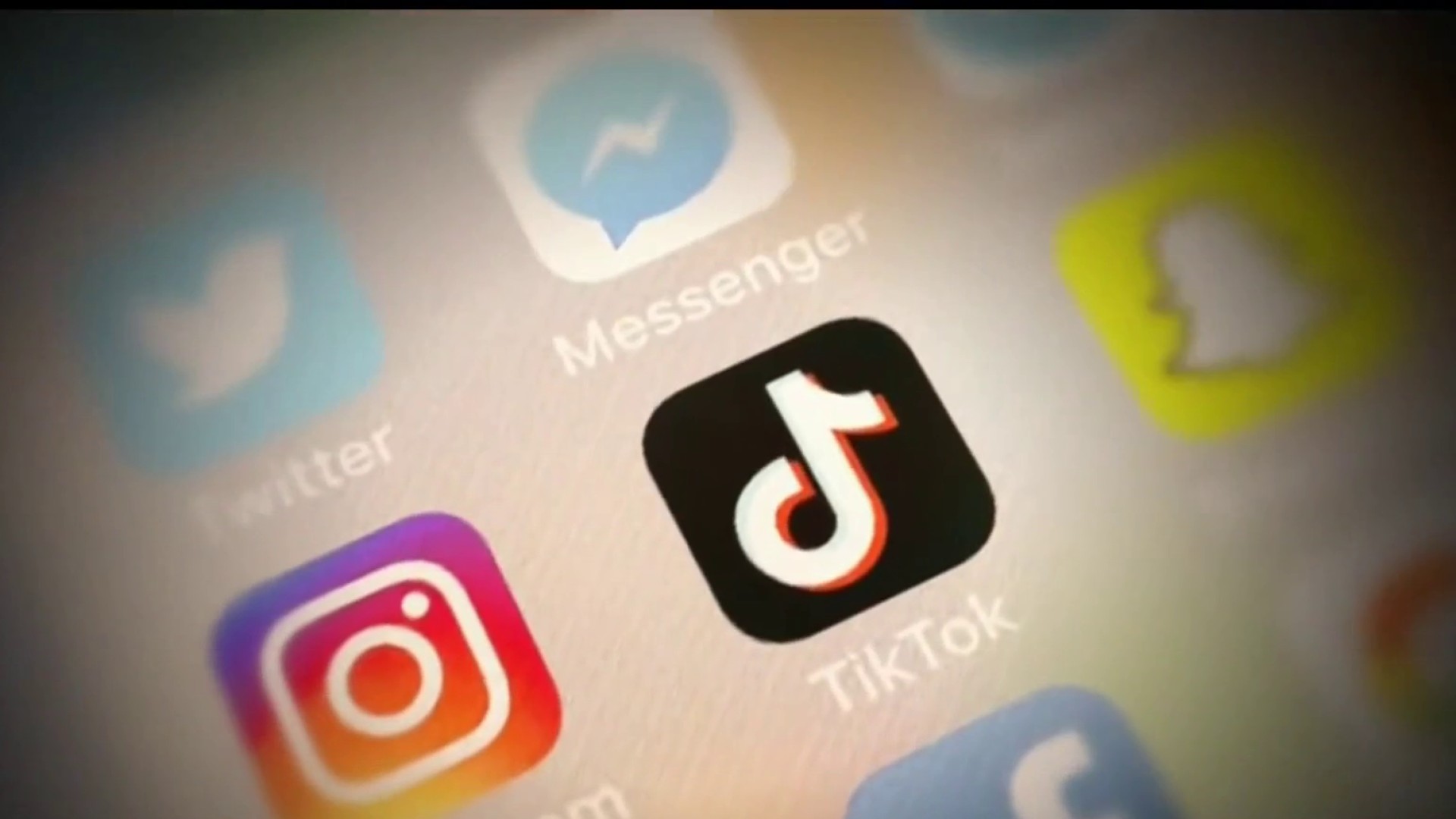Forget high-speed rail, what Los Angeles really needs is an old fashioned downtown streetcar.
So says Councilman Jose Huizar, who is backing a push to restore streetcar service in downtown Los Angeles as part of his "Bringing Back Broadway" initiative, a plan to revive the Historic Broadway district to become a center for entertainment and retail once again.
On Wednesday evening a meeting will be held at the Orpheum Theatre to provide updates on the $120-plus million project, which is on track to open in 2015.
"There are an immense number of places to go and things to do downtown that people need to be connected to," said Eric Metz, a spokesman for L.A. Street Car Inc. “Streetcars deliver people to those places."
The meeting comes on the heels of a ridership study by transportation consulting firm Fehr & Peers. The study examined established streetcar systems and assessed factors that would contribute to streetcar use in Los Angeles.
The study examined urban density, regional transit connections, the start of the line, the size of the events held at the station, and the pay model for streetcar service.
Based on its evaluation, the study estimated the streetcar will service between 6,610 and 8,390 riders daily.
The streetcar, which in its design form resembles the Disneyland monorail, is anticipated to run every seven minutes during peak hours and every 10-15 minutes during off-peak hours. The service would operate from 6 a.m. to 12 p.m., seven days a week.
Local
Get Los Angeles's latest local news on crime, entertainment, weather, schools, COVID, cost of living and more. Here's your go-to source for today's LA news.
Currently, there are seven routes under consideration. Metz said the route traveling east to west would start at Broadway and end at the Staples Center. The variations in the routes are namely on Pico, 9th Street, and 7th Street.
"On Pico, the big issue is you can’t cross the Blue Line for operational and safety reasons," he said. "Going back, while 7th already has the Metro, and restaurants and bars that are very popular, 9th Street doesn’t connect there, but it provides more opportunity to connect to future businesses."
While the routes in contention do not include Union Station, Metz said the station provided cost and time barriers that were too difficult to overcome in the first phase of the transportation system.
The streetcar project is a public-private partnership that currently has 12 committees involved, including L.A. Streetcar Inc., the L.A. Conservancy, and L.A Metro.
According to Rick Coca, director of communications for Huizar, the project has secured $11 million in local city and CRA funding.
The street car project recently applied for a $35.5 TIGER 3 federal transportation grant, Metz said.
As to how the project would attain enough funding to cover the anticiapted $120+ million price tag, Metz conceded that the scope of the project is contingent upon the group's ability to raise the funds.
"The actual dollar amount is flexible because it depends how much money comes in," he said.
The streetcar project is nearing the end of the first phase of the approval process.
The next step is a full environmental review, after which it would need to be certified by a number of agencies before construction on the project could begin.
In addition to convenient transportation, economic development is also a benefit of the downtown L.A. streetcar.
The streetcar is projected to in over one billion dollars in new development, 2,600 new housing units, and 3,600 new residents to the downtown area, according to a study conducted in February by AECOM, a research consulting firm. The study projected that by 2035, the streetcar will support $24.5 million in new annual spending.
At the time that project was announced four years ago, the streetcar was thought of as a final touch to the restoration. But plans changed following Huizar’s visits to cities like Portland, San Diego, and Seattle, where streetcar systems were already in place.
"What he found was that anywhere the street car was built became an economic driver," said Coca. “He saw how much business could be generated by a streetcar line."
The project shifted gears to focus more on connecting tourists and natives alike to downtown L.A.’s commercial and retail businesses, and put the streetcar system at the forefront of the plan.
Metz said while there large support for the streetcar at the community level, property owners in the downtown area are more skeptical.
Current property vacancies, particularly on Broadway, don’t provide any incentive to supporting revitalization.
"The tricky thing about gentrification is that while downtown has seen a population boom, a lot of the businesses there close down at six," said Coca. "It’s hard to gentrify something that is vacant."
Follow NBCLA for the latest LA news, events and entertainment: Twitter: @NBCLA // Facebook: NBCLA



